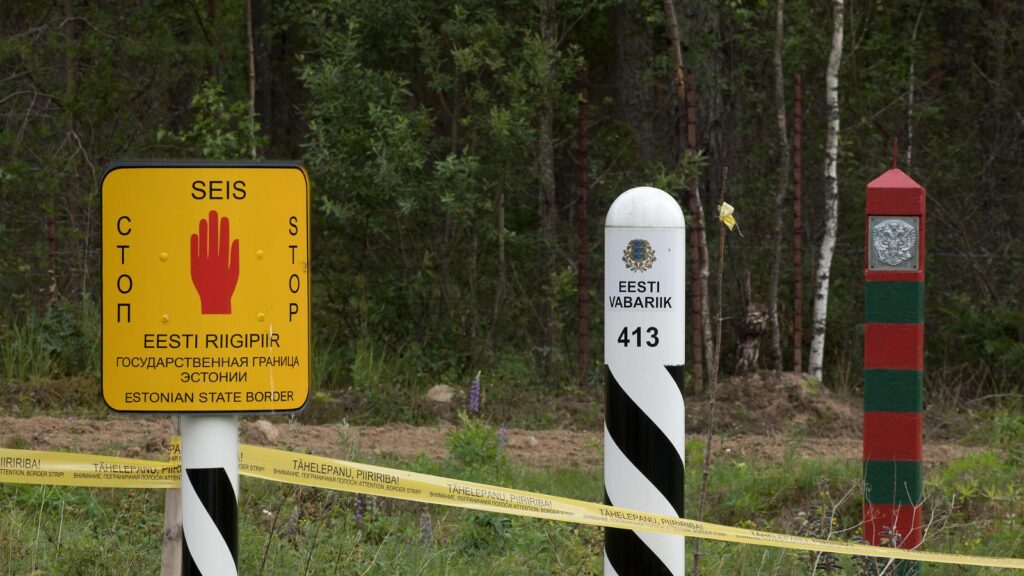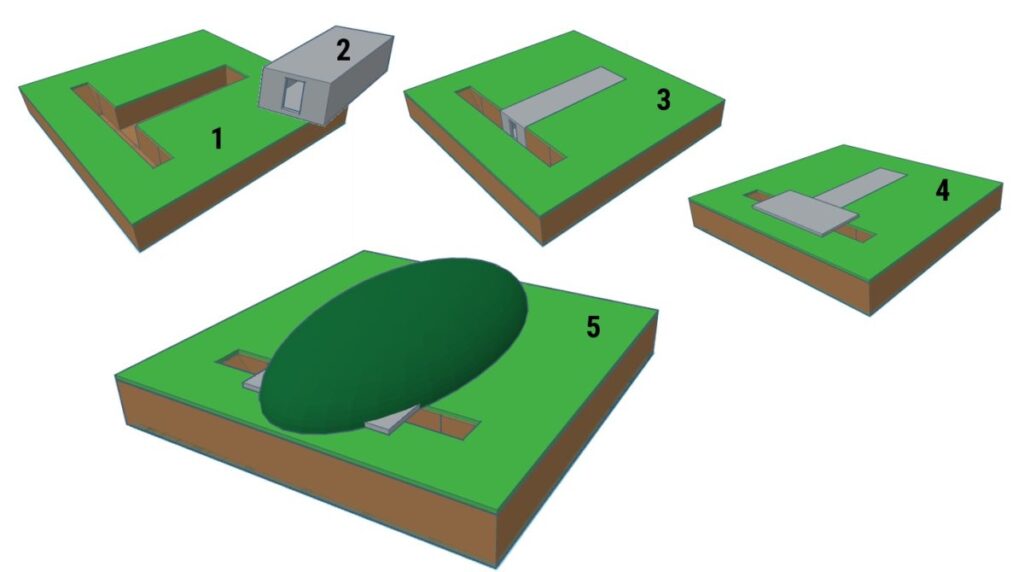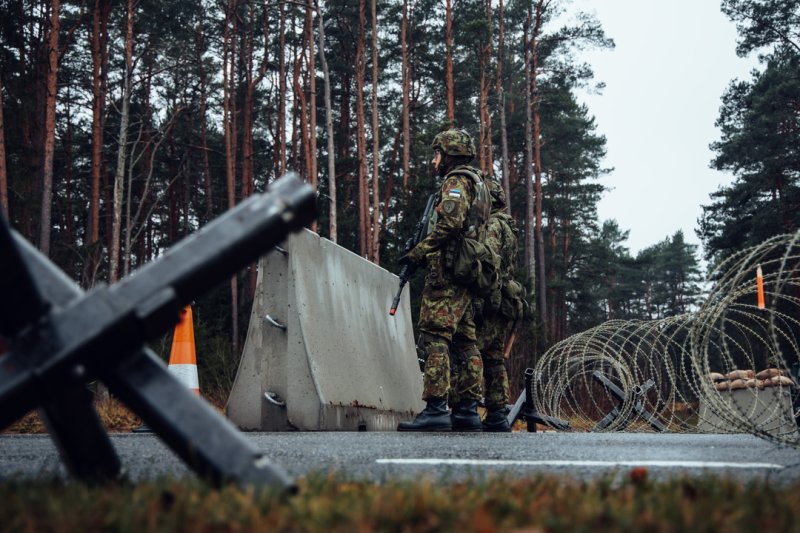Estonia, Latvia and Lithuania plan to build anti-mobility defence installations on their borders with Russia and Belarus.
The defence ministers of the three countries signed an agreement in Riga, Latvia, on 19 January under which Estonia, Latvia and Lithuania will build anti-mobility defence installations in the coming years to deter and, if necessary, defend against military threats.
“The construction of the anti-mobility defence installations is a carefully considered and thought-out project, the need for which stems from the current security situation. Russia’s war in Ukraine has shown that in addition to equipment, ammunition and manpower, physical defensive installations on the border are needed to defend Estonia from the first metre,” said Hanno Pevkur, the Estonian defence minister, in a statement.
He stressed that the purpose of the defence installations was to prevent a military conflict in the region.
Ready to defend the territory from the first metre
“We are making these efforts so that the people of Estonia can feel safe, but if the slightest risk were to arise, we would be ready for various developments more quickly.”

The concept of defence installations is based on the decisions taken at NATO’s Madrid Summit, which stressed the need for Western allies to be ready to defend their territory from the first yard and to develop new regional defence plans.
The concept combines prevention and security measures on the ground. Elements on the ground support the activities of defending units at the basing points to stop the aggressor’s forces if necessary. The elements are positioned in the landscape taking into account the results of the analysis of the enemy’s intentions, the environment and the defence plan.
The Baltic countries are an operational area, so the defence installations are built in coordination with Latvia and Lithuania.
No explosives or obstacles at the border
In peacetime, no explosives, barbed wire or other obstacles will be placed on Estonia’s border. Instead, a network of bunkers, support points and distribution lines will be established.

Construction will be carried out in cooperation with local communities and with the consent of landowners.
The defence ministers also signed a memorandum of understanding on HIMARS multiple launch rocket systems to establish a framework for the joint use of the weapon system in both peace and war.
The Estonian and Latvian ministers also signed a cooperation agreement to conduct NATO air policing from Latvia’s Lielvarde air base while the runway at Estonia’s Ämari air base is under repair.

